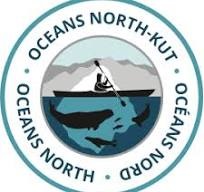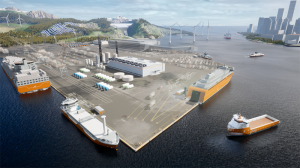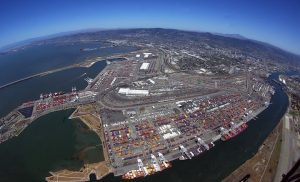The Vancouver Fraser Port Authority reported that total cargo volume in 2020 increased by 1% from 144.2 to 145.5 million metric tonnes (MMT) over the same period in 2019, with new annual records set for grain, potash, and container trade.
China continued to be the port’s largest trading partner, with two-way trade climbing 18% in 2020. China accounted for 34.9 MMT of exported and imported cargo. Japan and South Korea rank second and third.
“During what was most definitely a year that will be in the history books amid a myriad of challenges and global economic uncertainty, the value and resiliency of Canada’s largest port has certainly been showcased” said Robin Silvester, President and CEO of the Vancouver Fraser Port Authority. “The determination and commitment of so many to keep the supply chain operating well, while safely managing the far-reaching impacts of the pandemic, were critical to Canadians and Canada’s economy, though some sectors, like cruise, were hard-hit last year.”
For the fifth year in a row, global demand for Canadian grain resulted in a new annual record of 35.1 MMT of grain shipped both in bulk ships and containers, an increase of fully 24% or 6.8 MMT compared to the previous year.
Increases in wheat, up 25%, canola, up 45%, and specialty crops, up 12%, contributed to the record. Fertilizer inputs were also up; potash exports increased by 11% from last year’s record and sulphur increased by 8%. Growth in total foreign exports resulted in a year-end record of 99.0 MMT, up 3%, due to the increases in grain and fertilizers, as well as petroleum cargos.
Container traffic attained a record 3.5 million TEUs, an increase of 2% compared to the previous year. The port authority recently updated its container forecasts, and expects continued growth in this sector.
In response to rising international trade demand, the port authority is continuing to advance the critical infrastructure required to accommodate this growth. Working with industry and government partners across the Lower Mainland, the port authority is leading the development of more than $1 billion worth of infrastructure projects, including two container terminal projects and a number of road and rail infrastructure projects.
“Trade is continuing to grow and a core part of our role as a Canada Port Authority is to ensure the port infrastructure is there to handle what Canada wants to trade,” said Mr. Silvester. “By investing to build the necessary capacity to accommodate increasing trade growth, we are supporting all port users including farmers, businesses, and industry who rely on the port to move their goods efficiently and remain competitive. This is critical to the long-term economic viability of this gateway and of Canada.”
Some cargo sectors declined as a result of challenges including impacts of the pandemic, railroad blockades, weather conditions, and terminal upgrades. Auto imports were down 18%, and export breakbulk forest products and coal, were down 14% and 15% from the previous year, respectively. (photo VFPA)





